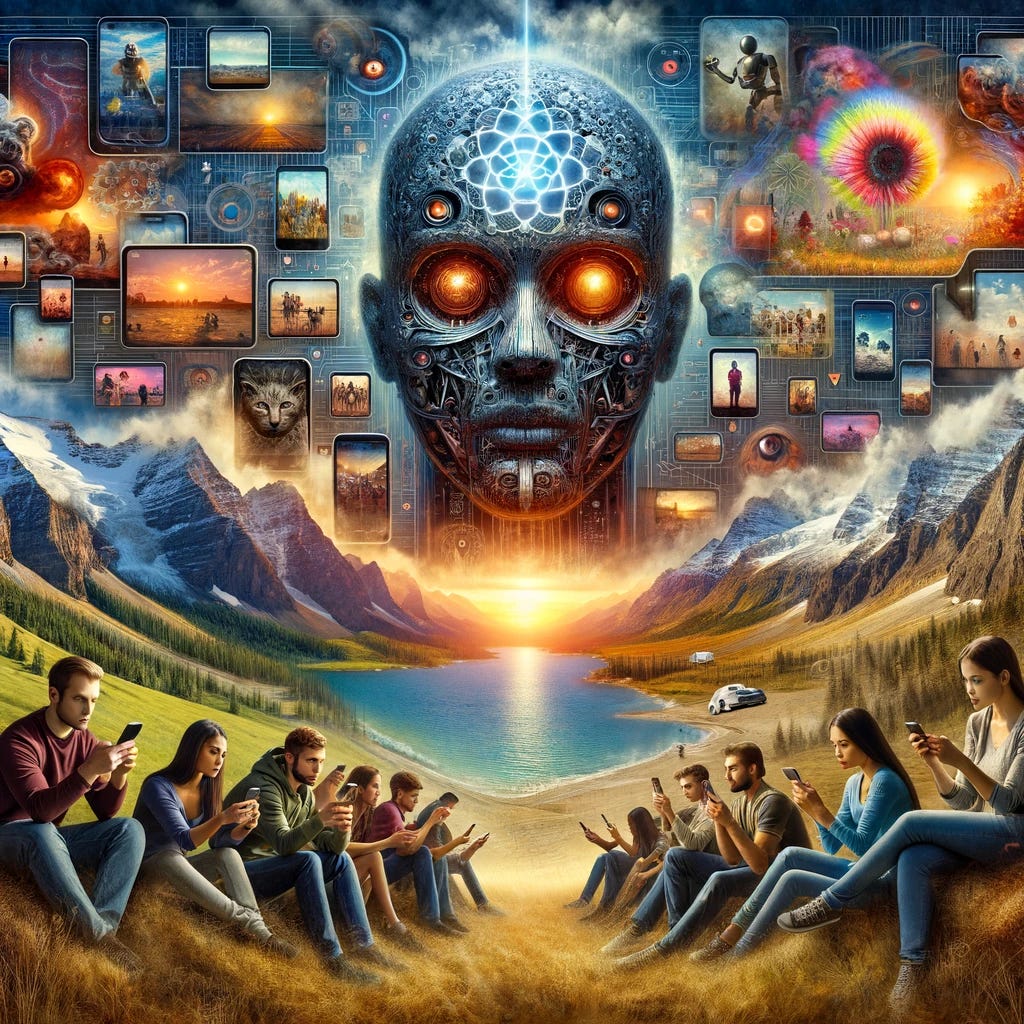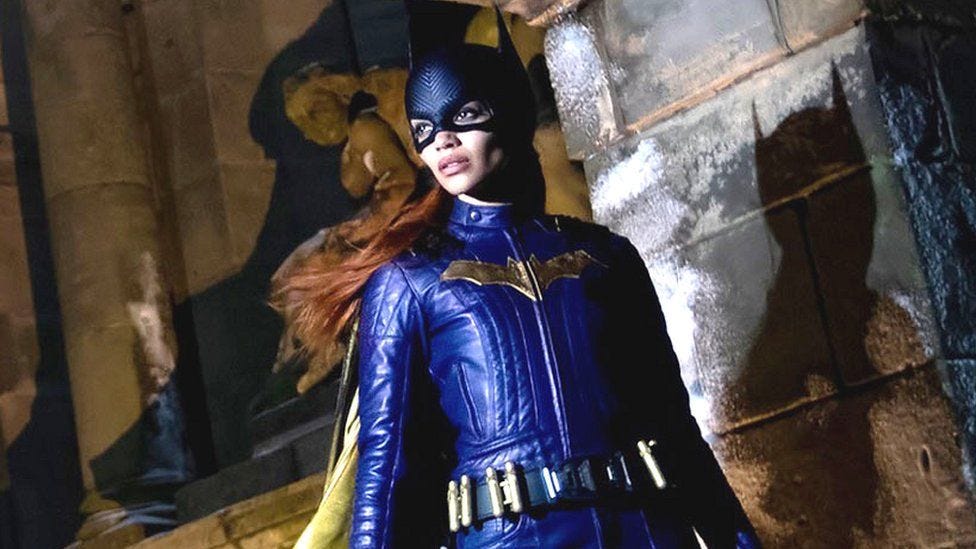The Pivot to Video
"And yet it moves," Galileo Galilei (possibly explaining to the Catholic church why he is pivoting to video).
We live in times of unprecedented individualism, where everyone can be the star of their own algorithmically-generated feed. At the same time, the technological determinism of social media is giving us a world that no one asked for.
Last week, despite widespread dismay with the current direction of Instagram, the man in charge, Adam Mosseri, told the world1 that Meta is going to forge ahead with its pivot to video.

The Kardashians had been complaining about the fact that Instagram was turning into TikTok, leaving behind ‘cute photos’ and replacing them with a succession of ads and distracting videos from people you don’t know.
I did a quick check of my Instagram feed and got the following:
9 photos from people I know
5 video adverts
3 videos from ‘suggested’ creators
2 videos from people I know
2 photos from people I ‘might like.’
Almost half my feed is crap. No one would choose this state of affairs, but if we want to use the platform we just have to accept it.
Of course, the pivot to video has been a long time in coming. As bandwidth increases and connection speeds get faster, it seems obvious that video would come to dominate. Most people never read books, so why would they start reading articles? Video is immersive, seductive, and the lowest common denominator; it can consume infinite amounts of time and gives more opportunities to advertise.
The difference between social media video and television is that there are millions of creators on social media, so platforms can construct the perfectly addictive stream for each person. You are no longer constrained by channels, networks, genres, or schedules. All that matters is that you keep people scrolling. A few years ago the head of Netflix said that their main competition wasn’t Amazon or HBO, it was sleep. With TikTok, Instagram and Snapchat, the competition is with reality.
I am currently working remotely in a village in the Spanish mountains. The view from my balcony is spectacular with endless space, beautiful textures, and only the sounds of animals to hear. Every time I try and capture this in a photo or video I am left disappointed; it just feels flat and limited. Reality is profoundly more impressive than any digital representation.
It is only with the ugliness of modern urban life that staring at your phone makes any sense. Social media video, in my experience, means an endless stream of skating, dancing, jumping off cliffs, flexing muscles, life hacking, pouting, or pranking people in the street. This kind of video is to cinema what texting is to the novel. They both use the same kind of technology but the impact is totally different.
Both cinema and video are really hard to get right. Look at Bat Girl, where they spent $90 million and then wrote it off as ‘irredeemable.’ How does that happen? A background in web design doesn’t prepare you for such catastrophes. We tend to advocate user research and iterative design to make sure that you don’t spend too much money on the wrong thing. Cinema requires a lot of upfront planning before you ever get near an audience: a vision, a script, storyboards, collaborations with set designers and technicians. Directors then have limited time and budget to capture their vision on film.
Social media video is possible to anyone with a camera, raw footage of some random happening or at least some kind of constructed reality, like this Beckettian film from the heat wave:
Despite this push to make social media all about video, I find the vast majority of it depressing. This is in stark contrast to the cinema, which I love and find energising. After a great cinematic experience, reality seems clearer and life more dramatic. It is because I love the cinema that I started playing around with film-making myself.
A few years ago I got the video bug. As with the latest ‘pivot to video’ I thought that this was definitely going to be the future and I needed to get in on the act. I really liked Casey Neistat whose fun daily videos seem to be both casual and coherent.
To get better, I tried making videos based on whatever footage I took, giving myself a daily deadline. Most of them are terrible, their only purpose to experiment with tools like iMovie, but some of them are not totally irredeemable.
The Pareto principle applies here: we can learn 80% of the things we need to know with 20% of the effort, but it is the final 20% that makes your films look professional.2
Compare the dance videos I made of the kids that come to the yoga retreat I’m currently. The first is from four years ago, the second is from last week. I’ve got a lot quicker at making them, but the outcome is pretty much the same.
I don’t think I’ll be pivoting to video just yet. 3
He sounds like he’s explaining to a five-year-old why they are being separated from their parents. Maybe when you have a billion users you have to communicate this way.
Some lessons learned along the way:
Shoot each scene for longer than you think you need.
Keep the camera still unless there is a good reason to change.
Focus on what’s happening but be aware of what’s going on around you.






